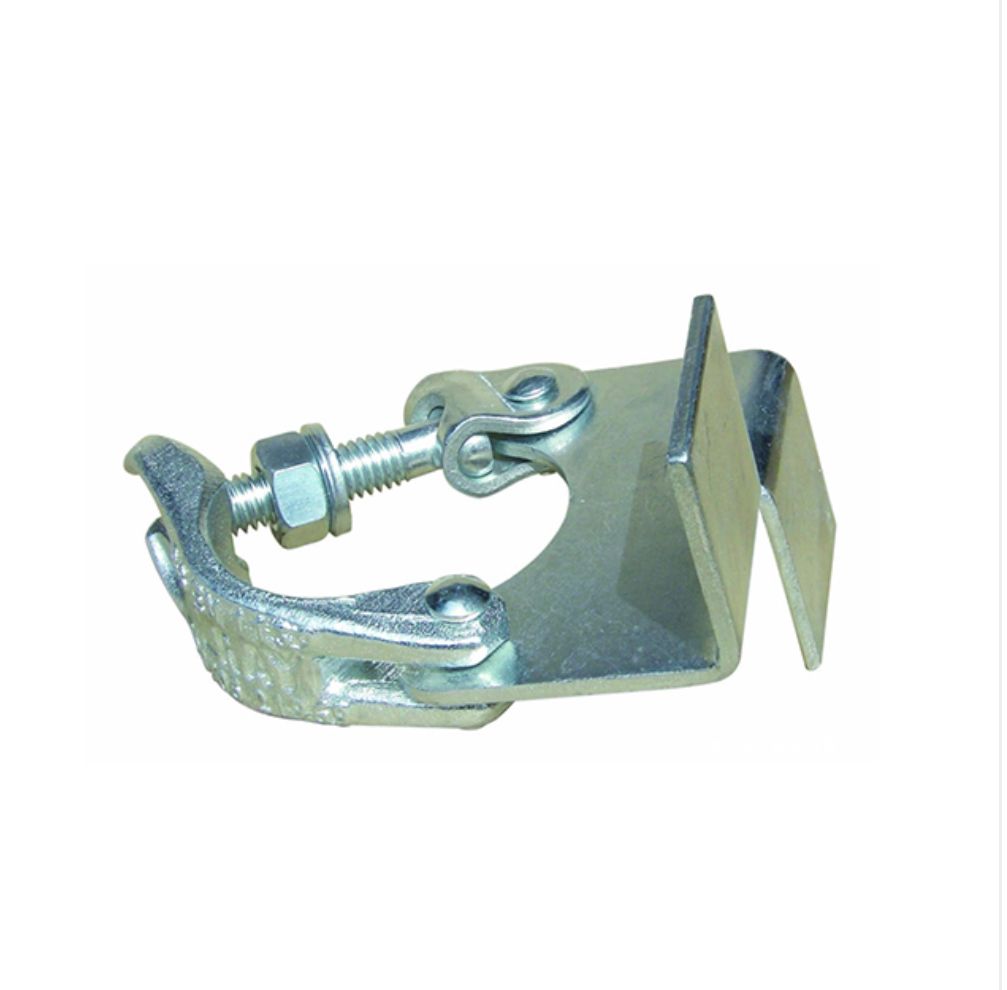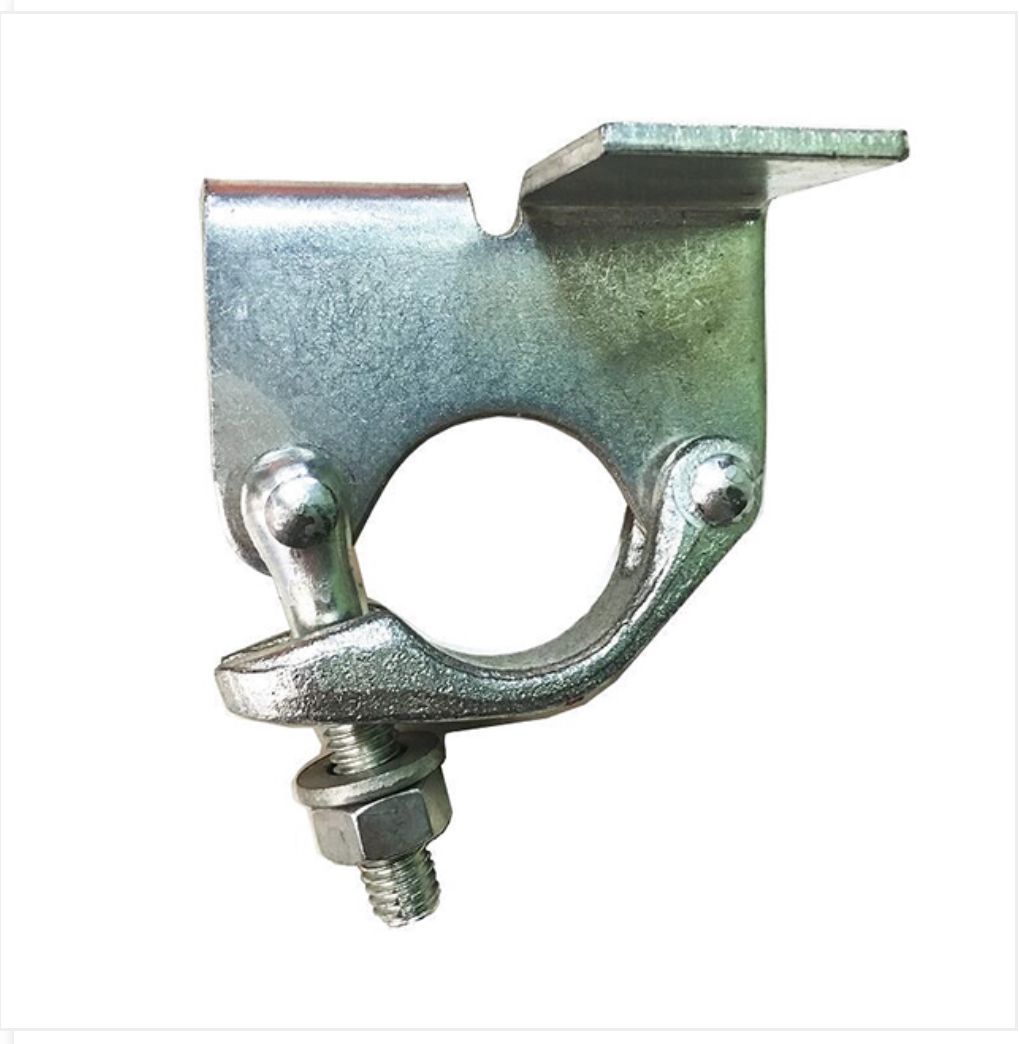Products
Retaining Coupler
A retaining coupler is a type of coupling used in metal scaffolding systems, particularly in scaffolding systems that use pipes (such as modular or craft scaffolding). This coupling is used to securely and firmly hold pipes together. Unlike other couplings, it is specifically designed to hold pipes in place and prevent them from moving or separating under load.
Components of a retaining coupler:
Metal body: Typically made of steel or other strong metal materials to ensure durability and strength.
Screws or clamps: Used to secure pipes together and provide a secure fit. Some cups may contain screws to adjust the applied force.
Clamps: May have a mechanism or internal flanges that ensure the pipe remains in place and prevent it from moving or slipping.
Features of a retaining coupler:
Durability: The retaining coupler is designed to withstand heavy loads and withstand the forces generated by scaffolding work.
Safety: Enhances safety in scaffolding by preventing pipe movement or separation in different directions.
Flexibility: Can be used in various types of scaffolding, whether tubular or frame scaffolding.
Ease of installation: Can be easily attached to pipes using screws or handles, making assembly and disassembly easy.
Common uses:
Scaffolding pipe fixing: Retaining couplers are used to connect pipes in scaffolding systems, both horizontal and vertical.
Structural systems: Used in temporary structures that require strong and permanent pipe fixing, such as construction or maintenance work.
Wall or roof support: Can also be used to secure other elements in temporary structures or walls.
How to use:
Retaining couplers are installed between the two pipes to be joined in the scaffold. This involves placing the pipes in the joint and using screws or clamps to secure them. When the scaffolding needs to be adjusted or disassembled, the screws or clamps can be easily removed without the need for complex tools.


 Arabic
Arabic.jpg)
